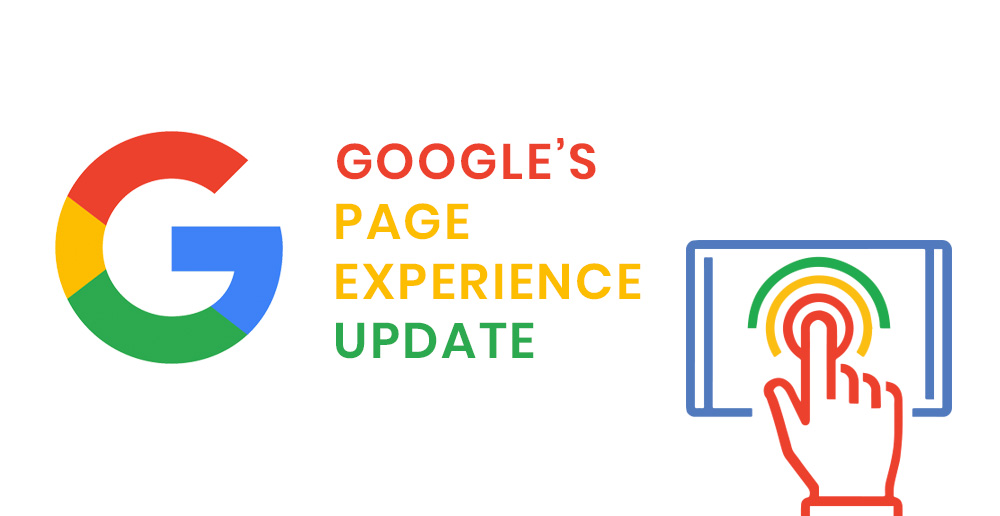
When it comes to getting ranked in the SERPs, you need to take good care of the Google Page Experience. In the last few years, Google has introduced different user experience signals, like browsing safety, mobile-friendliness, HTTPS security, and more. Recently, Google introduced Core Web Vitals that helps in monitoring the functionality and speed.
You need to make sure that you are following all the Page Experience algorithm updates to get better ranking signals. As per some reports, Google may release a significant Page Experience algorithm update very soon, during mid-June. So, you still have some time to prepare your site for the new updates.
What is Page Experience?
In simple words, Page Experience is a set of multiple signals that evaluate the users’ experience with a web page, and it considers some other factors apart from the informational value of the site. The Page Experience also has Core Web Vitals that measure a webpage’s interactivity, visual quality, and loading performance.
If you can optimize all the factors, you will be able to make your site delightful for the users. Besides, it ensures your site is ready to meet mobile users’ expectations. A better level of Google Page Experience means your site has more visitors. As a result, you will enjoy a better ranking.
What Are the Five Signals in the New Page Experience Ranking Factor?
Google is primarily developing a new metric based on the Core Web Vitals, developed by the Chrome team. However, the overall goal is to ensure that the users are witnessing a simple, safe, faster, and mobile-friendly browsing experience. Now, let’s talk about five critical signals that significantly contribute to the Page Experience ranking factor.
- Core Web Vitals
Google introduced the Core Web Vitals of the search engine as the average search engine users enjoy seamless and faster web surfing. Besides, the development team also has introduced a Chrome User Experience report. Using this, one can check the current performance of the site by comparing the signals. This element includes three significant signals. These are:
- CLC
Cumulative Layout Shift deals with the page’s visual stability.
- LCP Largest Contentful Paint
It studies the quickness and loading time of the largest content pieces.
- FID- First Input Delay
This signal tests the responsiveness factors related to the user’s typing, scrolling, and clicking.
For a better result, make sure the page FID is below 100ms, CLS score is below 0.1, and LCP score is less than 2.5 seconds.
- Mobile-Friendliness of the Site
Well, there is no doubt that Google gives essential to the sites that are well-optimized for the mobile users. As per some studies, by the end of 2021, the number of smartphone users may reach around 3.8 to 4 billion. If your site is not mobile-friendly, then you will lose massive traffic. The signal will test whether your website has some issues related to mobile-friendliness, considering the factors set by Google Search Console or the Google Mobile-friendly Test Tool.
- Safe Browsing
Google will check your site for harmful downloads, malware issues, deceptive content, false information, and more as flagged by Google Search Console.
- HTTPS Usage
Google prefers websites that have SSL- Secure Sockets Layer certificate. The SSL certificate encrypts the data that moves between the servers and the users. So, make sure that your site has an SSL certificate.
- Non-intrusive Interstitials on Mobile
Google has also decided to punish the websites that keep obstacles and prevent the visitors from quickly accessing the site’s content. For example, pop-ups. Well, login dialogs, ages-sensitive content notifications, disclaimers, and cookie usage notices will not affect the ranking.
How you optimize your user experience?
- Go for a better web hosting service
Always choose a well-known web hosting service to keep your site responsive and fast. Besides, don’t forget to check the responsiveness of your site using the PageSpeed Insight tool by Google. The tool can offer you an idea about where your site lacks.
- Improve the mobile-friendliness factors
Use the Mobile Usability report to know bout the issues your site has related to mobile-friendliness. Choose an SEO-optimized theme, accurate font size, type, resize the images, and more to make your site run smoothly on different sizes.
- Keep the page size low
Visual content is essential for every site. However, overstuffing them will increase the page size, making your site slow. To eliminate such issues, optimize the images. If you are using rich content, they to spread it on multiple pages. Besides, use a CDN-Content Delivery Network to cache the content.
- Install all the security measures
This means you should use an SSL certificate to keep the data transmission encrypted. Besides, keep scanning your site using different security tools for malware.
Conclusion
Even though Google has not released the update yet, you can work out these factors and optimize the Page Experience matric to make sure that the new update will not affect your current ranking. Optimize now and get your website ready for the new algorithm update.